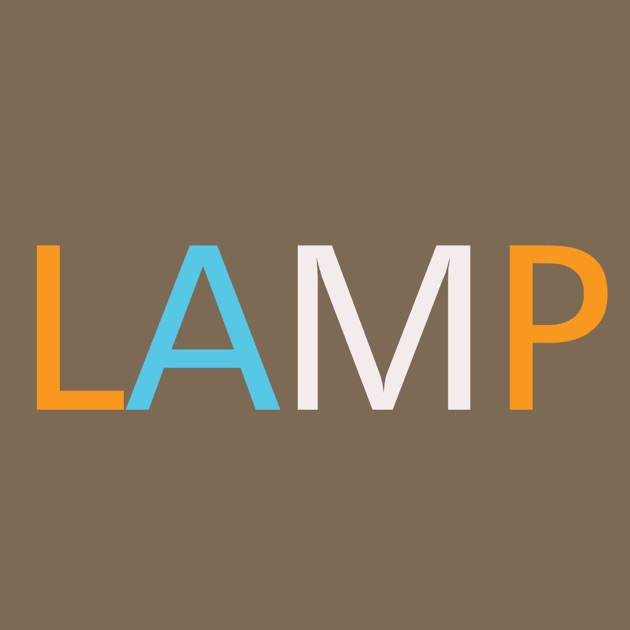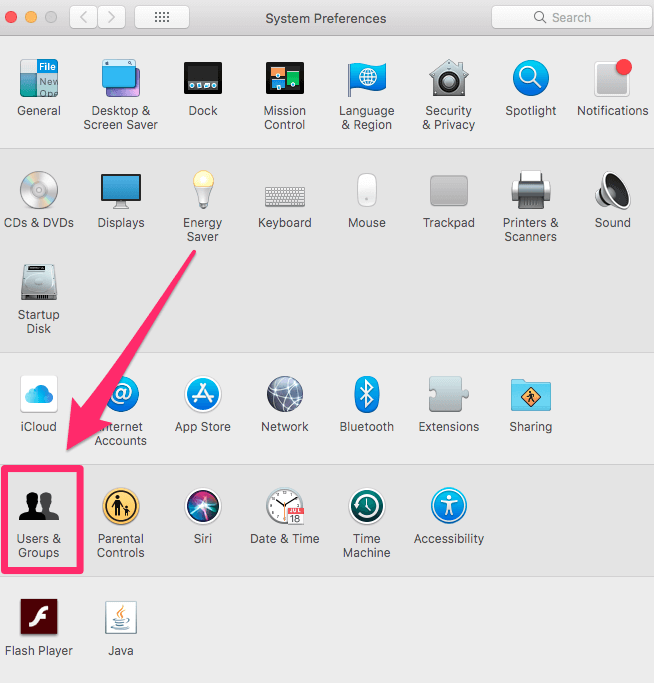

System glyphs automatically receive appropriate coloring and react to user interactions and vibrancy. Prefer system-provided glyphs in toolbar items because they’re familiar. Provide a simple, recognizable glyph and a short, descriptive label. People shouldn’t need to experiment or wait for a tooltip to figure out what an item does.

Make sure the meaning of each toolbar item is clear. Use title-style capitalization, no ending punctuation, and prefer verbs and verb phrases like View, Insert, and Share.įor developer guidance, see NSToolbarItem. Write labels that consist of one or two words that describe the result of clicking the item. Users see these labels when they configure the toolbar to show icons and text, or text only. Provide a short, descriptive label for every toolbar item. Conversely, it doesn’t make sense to provide toolbar items for every menu item because not all menu commands are important enough or used often enough to warrant inclusion. Since the toolbar is customizable and can be hidden, it shouldn’t be the only place to find a command. Make every toolbar item available as a menu command. NSPopUpButton with pullsDown set to false Because these controls are designed to closely integrate with the toolbar’s appearance, they don’t belong in the main content area of a window. In apps that run in macOS 10.15 and earlier, use only the following system control styles in the toolbar. Use only toolbar-specific system control styles. Toolbars look best and are easiest to understand when they contain elements of the same type. Include image buttons or system controls, but not both. The purpose of the toolbar is to provide shortcuts to common tasks within the app or current window. Provide toolbar items for the things people do most often.


 0 kommentar(er)
0 kommentar(er)
